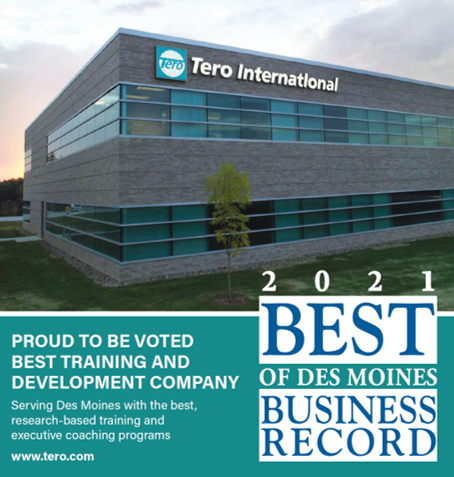
What will work look like as we move into 2022? Do managers and employees agree when it comes to what they both want? Who will decide?
There are two distinct differences cropping up in what employees say they want and how management feels about it. In a Harvard Business Review article “What Your Future Employees Want Most” by Tim Minahan, research from a study that included 2,000 knowledge workers and 500 HR directors in U.S. businesses with at least 500 employees reveals two discrepancies.
First, employees are saying they want flexible options. What does that mean?
88% of knowledge workers say that when searching for a new position, they will look for one that offers complete flexibility in their hours and location.
83% think due to the global talent shortage, companies will devise flexible work models to attract promising candidates no matter where they live.
And what does management think?
Management had different ideas. Only 66% agreed with the flexibility idea. There were additional things managers heard and had to consider.
76% of the workers believed that employees will be more likely to prioritize lifestyle over proximity to work, and will pursue jobs in locations where they can focus on both — even if it means taking a pay cut.
83% of employees think that workers will be more likely to move out of cities and other urban locations if they can work remotely, creating new work hubs in rural areas.
Second, Minahan found employees want to re-imagine how productivity is measured.
86% of employees said they would prefer to work for a company that prioritizes outcomes over output. They want to work for a company that cares less about the work output they are able to produce, and more about the impact they can deliver to the business.
How does management feel?
Only 50% of HR directors polled said their organization would be more productive as a whole if employees felt that their employer/senior management team trusted them to get the job done without monitoring their progress.
Nobody has a crystal ball. The study Minahan sited suggests that work will be a product of collaboration between employees and management. Management and employees alike will need to focus on the interests of all involved before rolling out options that may or may not develop and retain talent and contribute to an organization's growth and success.





















